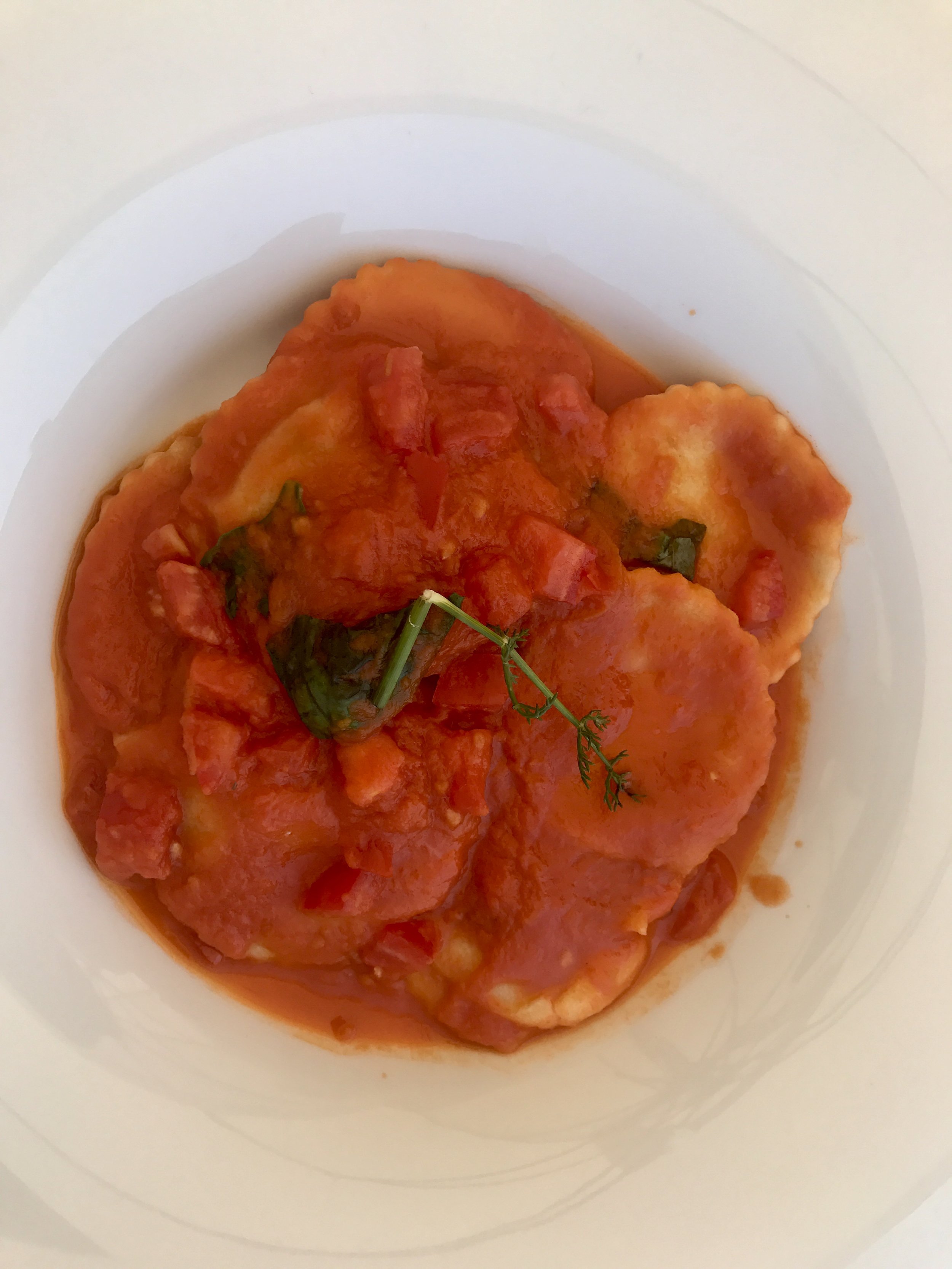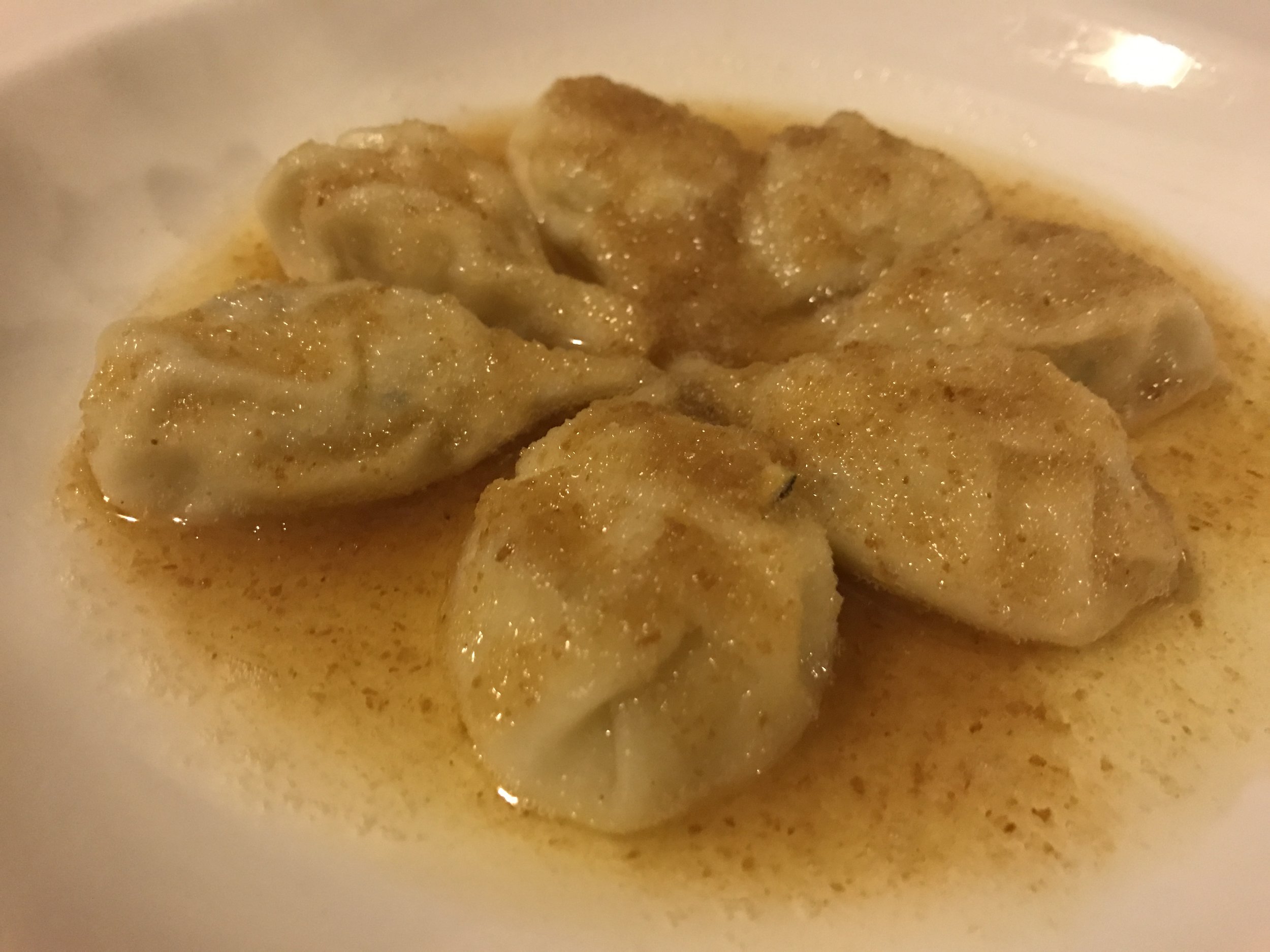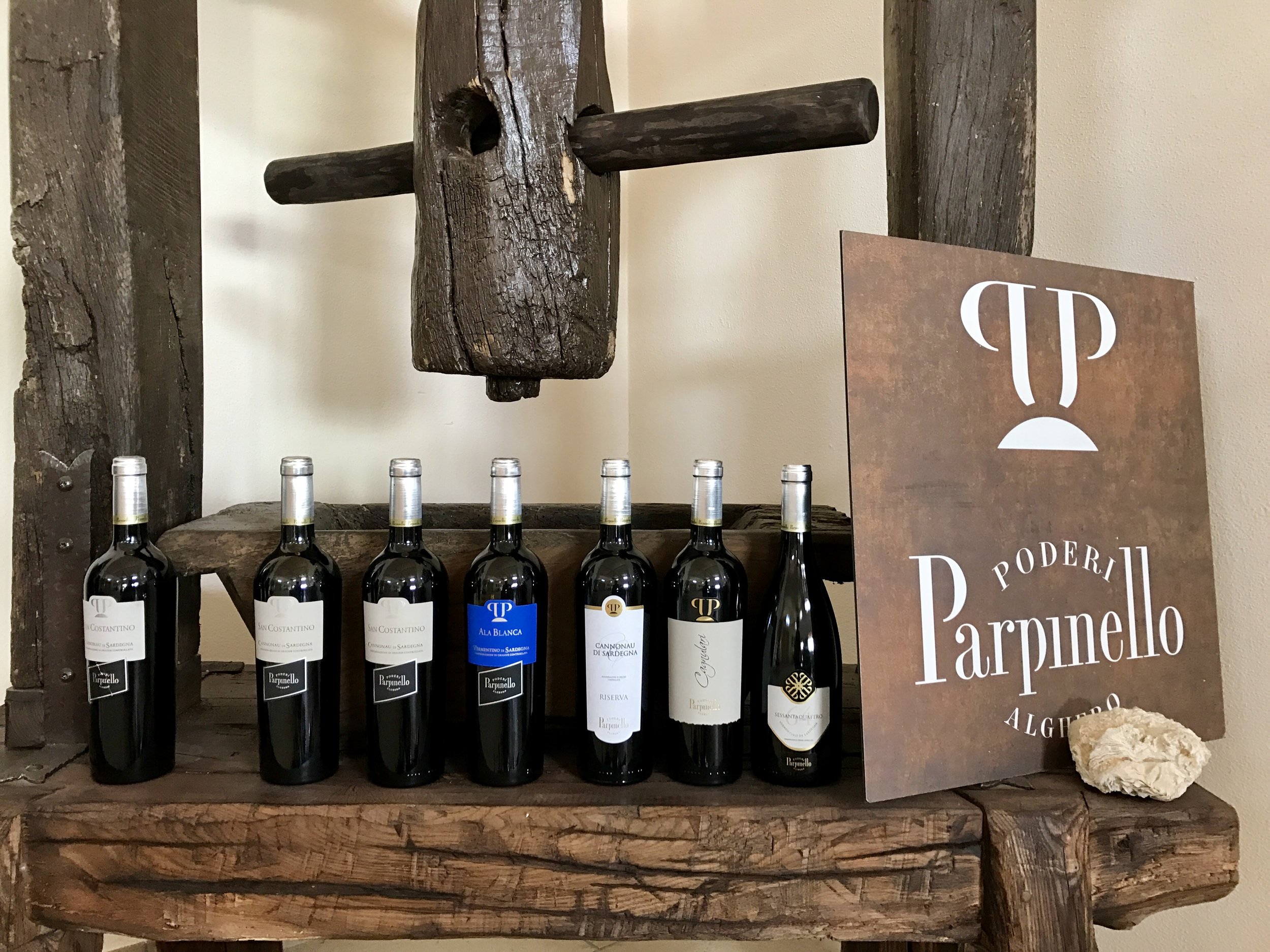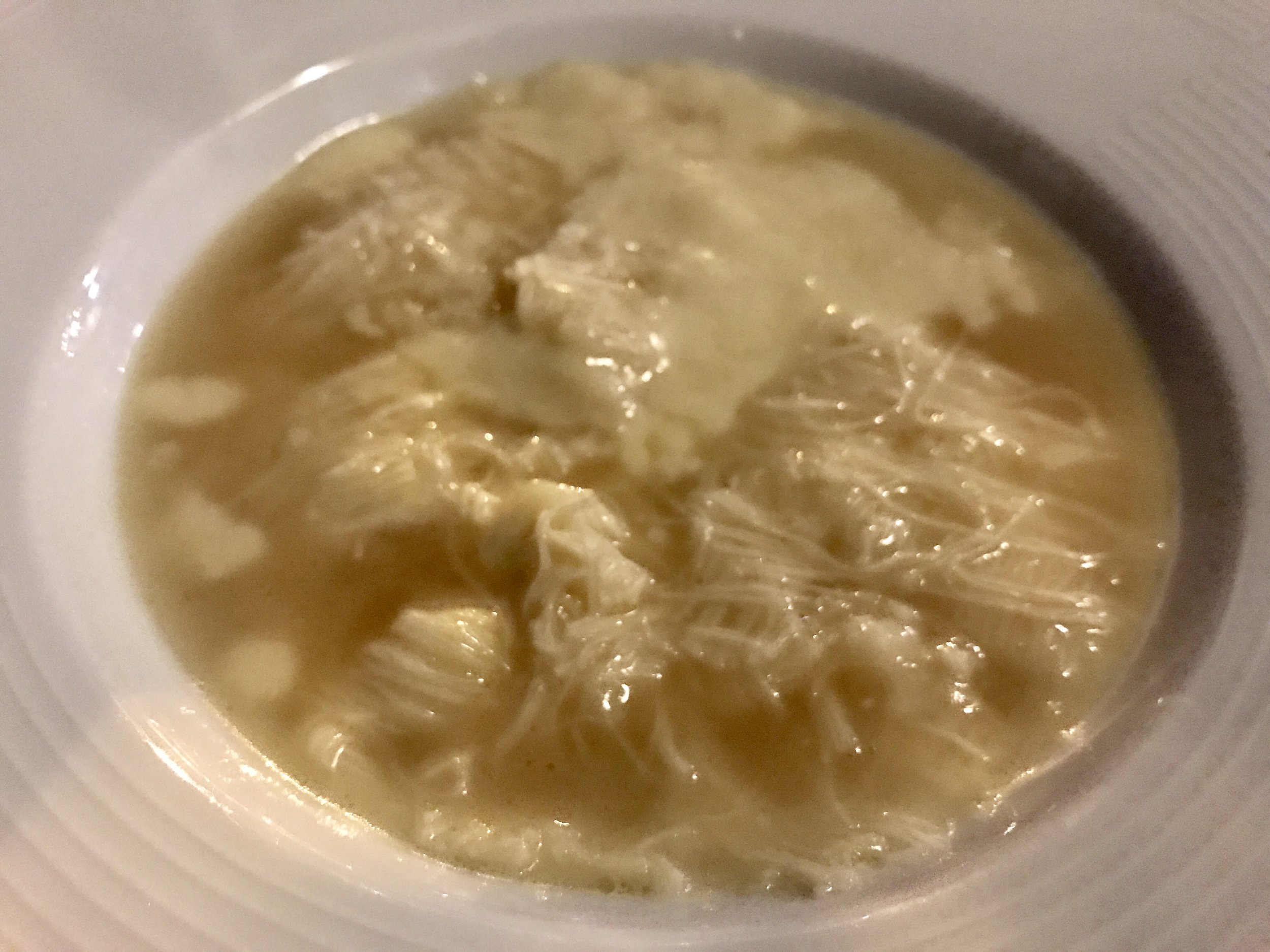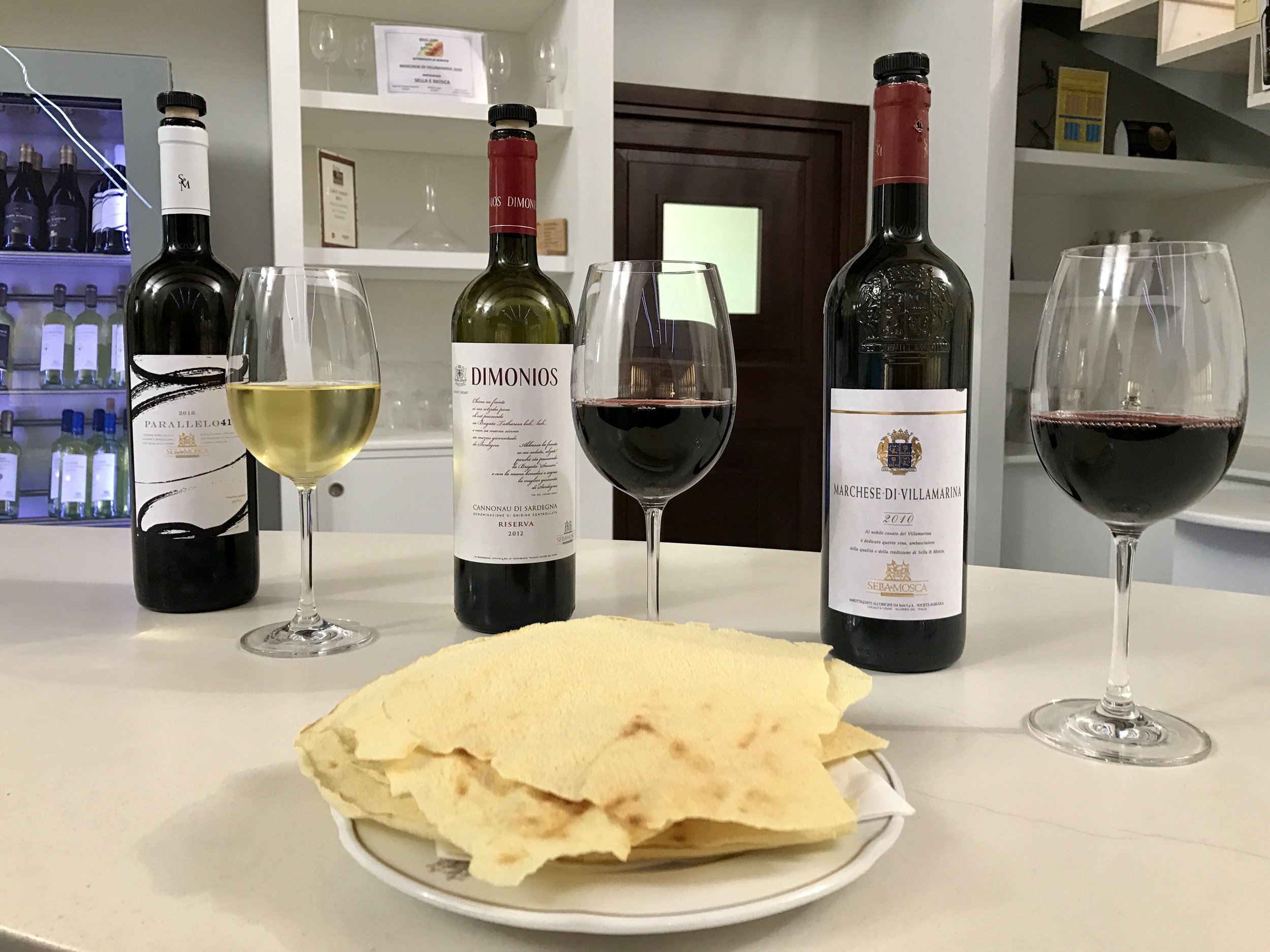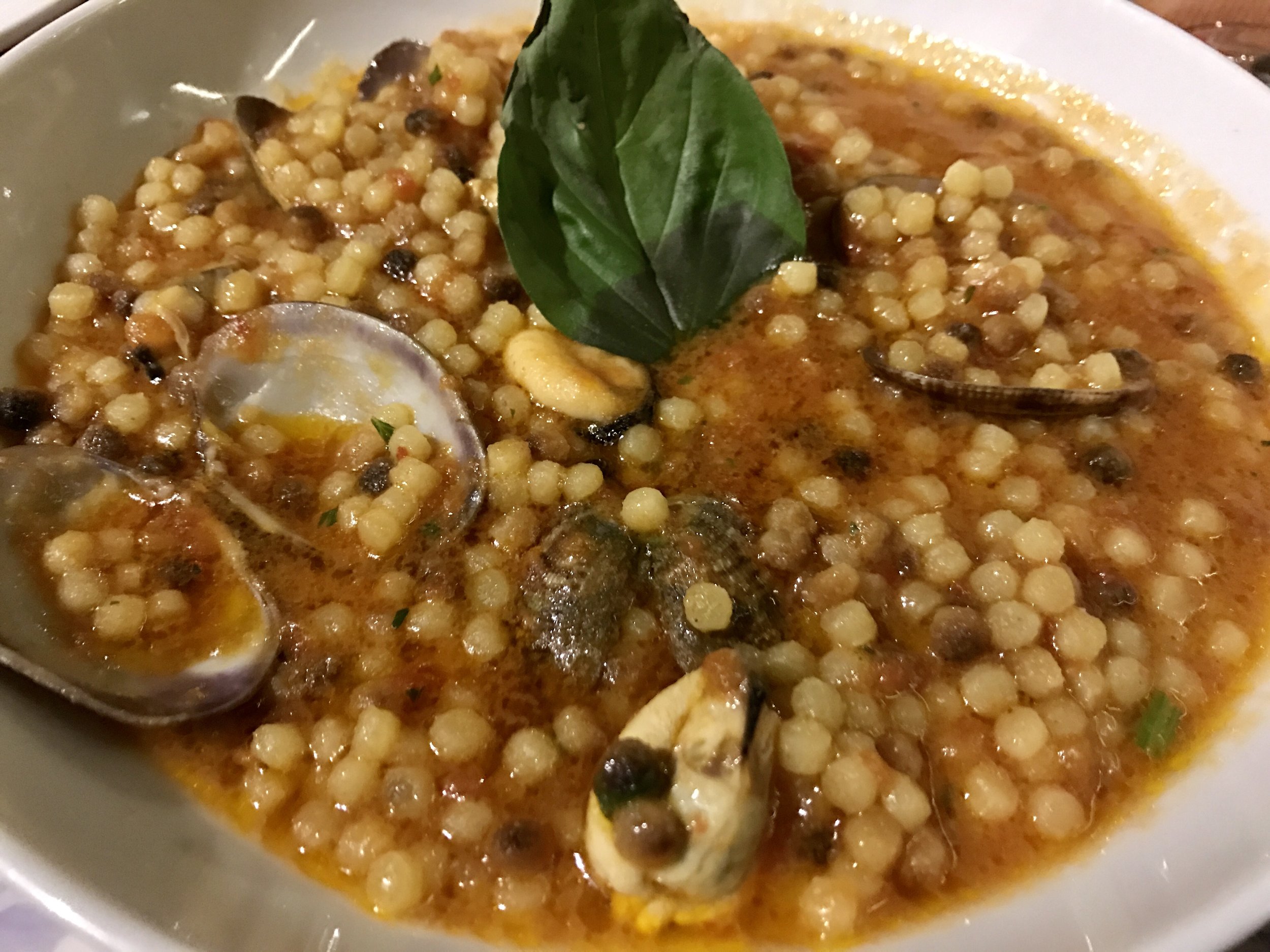Sardinia is a fantastically beautiful island with some of the friendliest people I have ever met. It’s got a rich history - Phoenicians, Punics, Romans, Spanish, and French all ruled here at various points, and this Mediterranean mixture is evident in its food and language. To boot, the food is amazing and the driving is curvy and fun. It is larger than it looks, and in a one-week and relatively fast-paced trip, we managed to cover some of the highlights of the top half of the island. You can view our rough itinerary in Google maps here.
The whitewashed buildings of Alghero
We flew into Alghero, a beautiful seaside town in the northwest of Sardinia serviced by a number of low-cost European airlines, including Wizzair, in early September, hitting the tail end of the busy tourist season. We rented a car from Sicily By Car at the airport (reserving ahead of time), which provided the best rates at the time. We stopped off at La Boqueria fish market in Alghero (be sure to check the hours before you go, and be aware that there’s often a wait) and took a stroll along the boardwalk lined with restaurants along the seaside. From there, we continued north to Stintino, checking in at the small and pretty basic B&B Sa Serra. Once settled, we walked to La Pelosa beach - easily one of the most crowded beaches I have ever been to. We took a brief walk and dipped in the water, which was marvelous, but I would recommend going in the off season. Do, however, take a stroll through the town of Stintino. Numerous shops sell local products (a few personal favourites include bottarga, or cured and dried mullet roe, local cheeses, and peperoncino piccante, or dried spicy pepper).
The next day, we headed to meet Claudio and Sara of Futurismo Asinara for a catamaran tour of the Asinara National Park - by far one of the highlights of our trip. Claudio and Sara were incredibly kind and welcoming, and we truly felt at home aboard the catamaran. We did the ½ day trip starting in the morning, visiting the south and eastern parts of the park and marine protected area. The snorkeling was fantastic, the water colours unbelievable, and Claudio’s knowledge of the flora and fauna encyclopedic. Afterwards, we drove on to the stunning seaside town of Castelsardo, where we visited the castle (recommended, especially for the views) and feasted on a late lunch of local oysters and paccheri pasta with squid, zucchini and mullet roe at Il Cormorano, one of the best meals of the trip.
Enjoying the sea in Asinara National Park
View of Castelsardo
From there, we drove on to Burgos, a charming mountaintop town with stunning views and no tourists, and to Nuoro, a larger, more vibrant city, where we stumbled upon a local festival featuring a typical dish of local snails in tomato sauce. For dinner, we had reserved at Ristorante Ciusa, asking the chef, Franco Fenu, to prepare us a special meal of the soon-to-be-extinct su filindeu pasta. We got two versions: the classic and one made with squid ink and seafood. Both were fantastic. We then set off for a drive to Cala Gonone along some very windy and narrow mountain roads—Sardinia is truly a stunning and unexpected place.
View of Burgos
The following morning, we walked down to the port in Cala Gonone to meet our gommone, or inflatable boat, for a tour of several coves and beaches: Cala Luna, Cala Mariolu, and Cala Goloritze, among others. Although crowded, the colours here are unparalleled - the white rocks turning the water into various shades of aquamarine and turquoise. This was probably our favourite day, alongside the previous one in Asinara. I also managed to get a couple of dives in with Argonauta.it —they were kind and easy to dive with. We visited a wreck as well as some of the fantastic nearby cavern formations—Cala Gonone is certainly a cave diver’s paradise.
The following day, we made our way up some windy mountain roads to the colourful and rustic Su Gologone for lunch. Due to a road closure, we ended up taking a rather adventurous route over narrow stone bridges and through small agricultural plots - one of many stunning moments on the road in Sardinia. Su Gologone was well worth the detour - it’s worth spending some time exploring the property (or even staying the night!), and lunch was very tasty local fare. En route to Agriturismo Testone, we also stopped by Cantina Sociale Dorgali for some wine tasting. They feature some tasty wines, none above 10 euro a bottle, and the staff were incredibly friendly. And no visit to Sardinia is complete without viewing some nuraghe, megaliths erected during the Nuragic age between 1900 and 700 BC whose use is not fully understood. You will see these throughout the island. We enjoyed stopping to see the ones at the Parco Archeologico Capichera near Arzachena.
Su Gologone, above. Below, a sampling of Sardinia's gastronomic delights - culurgiones, su filindeu pasta, fregola sarda and many affordable, often not available for export wines.
At the agriturismo (a recommended experience if you’re travelling through Sardinia, as it gives you a glimpse into the more local, inland life), we were served a large family-style meal with other travellers staying there. The food was delicious and plentiful, and there was wine and a variety of local cheese and charcuterie to try. The resident dogs made us immediately feel at home, and it was a contrast to the modern touches and shiny vistas at Hotel Petra Bianca in Cala di Volpe. The hotel and surrounding vistas are beautiful, if a bit soulless. In the surrounding beaches and in the rich centre of Porto Cervo, expensive handbags and megayachts conveyed a very different feel, and we were happy to go back to simpler pleasures once on Isola della Maddalena, to which we took a car ferry. We especially enjoyed the rich forest greens of neighbouring Caprera island. As always, the beaches were crowded, but it was easy enough to find some tranquility inland. We also did a day trip to see the famous pink beach, Spiaggia Budelli (inaccessible to tourists due to sand erosion, but you can view it from afar or from the water).
The high life at Hotel Petra Bianca
Spiaggia Budelli
En route back to Alghero, we had a fantastic lunch at La Gritta in Palau. The sea views are beautiful, and the seafood is such that lingering and ordering more is a clear choice. From Palau, the road winds inland and much of the traffic and crowds disappear until you reach the vicinity of Alghero. At Poderi Parpinello winery, Giuliana greeted us as we drove up. She was very responsive over email, and it was easy to arrange our visit. What we were not prepared for was how incredibly kind and welcoming she was: such people are truly rare. We had perhaps one of our nicest afternoons in Sardinia walking through the Parpinello vineyard, with Giuliana showing us cork trees and walking us through the wine-making process as we watched some of the early harvest getting crushed. She was so gracious that by the end of our tasting, we were trying to see if we could help distribute their wines in the U.S. Many Sardinian wines are not exported to the U.S., and the ones that are often receive a markup. One tip is to bring a bag you can check on the return trip to take some wines with you - well worth the effort. It’s yet another reason to return to this incredible island.
A cork tree at Poderi Parpinello winery
Along the seaside boardwalk in Alghero at dusk
What to bring
Comfortable hiking shoes or sneakers
Water shoes
Snorkel, mask and skinsuit
Scuba diving cards
GoPro or a camera for capturing in/underwater footage
Where to stay
Hotel Domomea, Alghero
Su Gologone, near Cala Gonone
Agriturismo Testone, near Nuoro
Hotel Petra Bianca, Cala di Volpe
Where to eat
Il Cormorano, Castelsardo
Ristorante Ciusa, Nuoro
Su Gologone, near Cala Gonone
La Gritta, Palau






